Home>Garden Essentials>How Much Does Landscaping Rock Cost
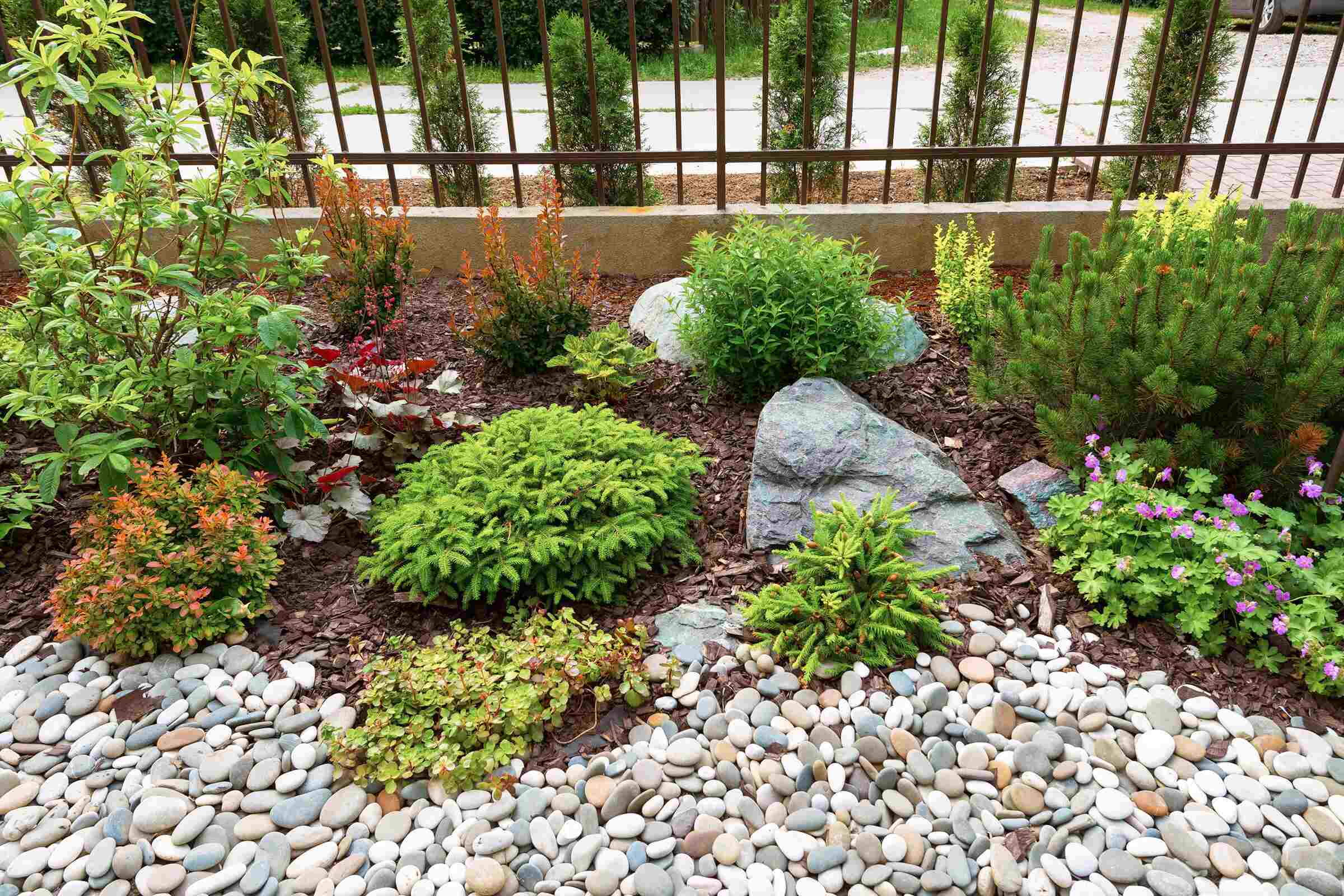

Garden Essentials
How Much Does Landscaping Rock Cost
Modified: March 7, 2024
Discover the average cost of garden landscaping rocks and transform your outdoor space with beautiful and affordable options.
(Many of the links in this article redirect to a specific reviewed product. Your purchase of these products through affiliate links helps to generate commission for Storables.com, at no extra cost. Learn more)
Introduction
Landscaping rocks are a popular choice for adding texture, depth, and visual interest to outdoor spaces. Whether you’re looking to create a stunning rock garden, build a retaining wall, or enhance the natural beauty of your garden, landscaping rocks can be a versatile and durable option. However, before embarking on a landscaping project, it’s important to consider the cost of the materials.
The cost of landscaping rocks can vary depending on several factors, including the type of rocks, the quantity needed, the location, and the overall scope of the project. In this article, we will explore the different factors that can affect the cost of landscaping rocks and provide an overview of the average cost range. Additionally, we will discuss delivery and installation costs, as well as other factors to consider when budgeting for your landscaping project.
By understanding the cost factors and planning your budget accordingly, you can create a stunning and cohesive outdoor space that suits your style and meets your financial goals. So, without further ado, let’s dive into the world of landscaping rock costs!
Key Takeaways:
- Landscaping rock costs vary based on type, quantity, and location. Consider local options, DIY installation, and reusing materials to save money while creating a stunning outdoor space.
- Prioritize quality and durability when selecting landscaping rocks. Factor in delivery, installation, and maintenance costs to accurately estimate the total investment for your project.
Read more: How Much Does It Cost For Landscaping
Factors That Affect Landscaping Rock Cost
When it comes to determining the cost of landscaping rocks, there are several factors to consider. Understanding these factors can help you estimate the potential expenses and make informed decisions during your landscaping project. Here are the key factors that can affect the cost of landscaping rocks:
- Type of Rocks: The type of landscaping rocks you choose will greatly impact the cost. There is a wide variety of rocks available, ranging from granite and limestone to river rocks and pea gravel. Each type has its own unique characteristics, aesthetic appeal, and cost. For example, more exotic and rare rocks may come with a higher price tag compared to commonly available rocks.
- Quantity Needed: The amount of landscaping rocks you require will directly influence the cost. Larger projects that require a significant volume of rocks will naturally cost more. It’s important to accurately measure your landscape area and determine the quantity needed to avoid over- or underestimating your budget.
- Location: The location of your project can also impact the cost of landscaping rocks. If you live in an area where certain types of rocks are readily available, it may be more affordable compared to areas where specific rocks need to be imported. Additionally, transportation costs can vary depending on the distance from the supplier to your location.
- Size and Weight: The size and weight of the landscaping rocks can affect the cost in multiple ways. Larger rocks may be more expensive due to the increased labor and equipment needed to handle and transport them. Heavier rocks may also require specialized machinery or additional manpower during installation, which can add to the overall cost.
- Quality: The quality of the landscaping rocks can also impact the cost. Higher-quality rocks, with minimal imperfections and consistent coloration, may come at a premium price. On the other hand, rocks with natural variations or irregular shapes may be more affordable.
It’s essential to consult with landscaping professionals or local suppliers to get accurate pricing information based on your specific requirements. They can guide you in selecting the best type and quantity of rocks for your project, helping you strike a balance between aesthetics, durability, and budget.
Now that we’ve covered the factors that affect landscaping rock costs, let’s delve into the various types of landscaping rocks available.
Types of Landscaping Rocks
Landscaping rocks come in a variety of shapes, sizes, and colors, allowing you to create a unique and visually appealing outdoor space. Each type of rock offers different texture and character, giving you the opportunity to express your personal style. Here are some of the most common types of landscaping rocks:
- Granite: Granite rocks are durable and versatile, making them a popular choice for landscaping. They come in various colors, including gray, black, pink, and white, adding a touch of elegance to any garden or pathway.
- Limestone: Limestone rocks are known for their natural beauty and often have earthy tones such as beige, tan, or gray. They can create a rustic and timeless look, perfect for creating retaining walls or accentuating water features.
- River Rock: River rocks are smooth, rounded stones that are commonly found in riverbeds and creek beds. They come in various sizes and colors, providing a natural and serene ambiance to your landscape design.
- Pea Gravel: Pea gravel consists of small, rounded rocks that are typically 1/4 inch in diameter. They are smooth and come in a range of colors, including beige, tan, and gray. Pea gravel is commonly used for pathways, driveways, and as ground cover.
- Slate: Slate rocks have a unique texture and are available in shades of gray, green, blue, and red. They are often used to create striking accent pieces, such as stepping stones, or as a backdrop for plants and flowers.
These are just a few examples of the many types of landscaping rocks available. When choosing the right rocks for your project, consider the overall aesthetic you want to achieve, the durability of the rocks, and how well they will complement the existing elements in your outdoor space.
Now that you’re familiar with the different types of landscaping rocks, let’s move on to discussing the average cost range.
Average Cost of Landscaping Rocks
The cost of landscaping rocks can vary significantly depending on factors such as the type, quantity, and location. However, understanding the average cost range can give you a general idea of what to expect when budgeting for your landscaping project.
On average, landscaping rocks can cost anywhere from $200 to $1,200 per ton. The price per ton can vary based on the type of rock, its availability in your area, and the supplier you choose. Keep in mind that some rocks, such as rare or exotic varieties, may be priced higher than more common rocks.
To give you a better idea, here are some average costs for popular types of landscaping rocks:
- Granite: Granite rocks can range in price from $300 to $700 per ton.
- Limestone: Limestone rocks typically cost between $350 and $800 per ton.
- River Rock: River rocks can be priced anywhere from $250 to $700 per ton.
- Pea Gravel: Pea gravel is generally less expensive, with prices ranging from $100 to $300 per ton.
- Slate: Slate rocks may cost between $500 and $1,200 per ton.
These prices are only estimates and can vary depending on your location and the specific supplier you choose. It’s always a good idea to request quotes from multiple suppliers and compare prices to ensure you’re getting the best value for your money.
It’s important to note that when purchasing landscaping rocks, they are typically sold by weight rather than by size. The weight measurement can vary depending on the density of the rocks, so be sure to clarify the weight measurement unit with your supplier.
In addition to the cost of the rocks themselves, it’s crucial to consider delivery and installation expenses, which we will explore in the next section.
Now that you have an idea of the average cost of landscaping rocks, let’s discuss the additional costs involved in the delivery and installation process.
Consider buying landscaping rock in bulk to save money. Many suppliers offer discounts for larger quantities, so it’s often more cost-effective to purchase a larger amount at once.
Cost of Delivery and Installation
When planning your landscaping project, it’s important to factor in the cost of delivering the landscaping rocks to your location and the expenses associated with their installation. The delivery and installation costs can vary depending on various factors, including the distance, accessibility, and the amount of labor required. Here’s what you need to know about the cost of delivery and installation:
Delivery: The cost of delivering landscaping rocks will depend on the distance between the supplier and your location. Some suppliers charge a flat fee for delivery, while others may calculate it based on mileage. Additionally, if you’re ordering a large quantity of rocks, you may need a truck with special equipment for unloading, which could increase the cost of delivery further. It’s advisable to inquire about delivery fees and policies from multiple suppliers to compare prices and choose the most affordable option.
Installation: The cost of installing landscaping rocks can vary based on the complexity of the project, the amount of preparation required, and the labor involved. If you’re simply using rocks for decorative purposes, the installation may involve spreading them out and arranging them aesthetically. However, if you’re building a retaining wall or creating a rock garden, additional labor and expertise will be required. Some homeowners choose to hire professional landscapers or contractors for the installation, while others prefer to tackle it as a DIY project. Keep in mind that the cost of hiring professionals will be an additional expense.
Installation costs for landscaping rocks can range from $40 to $75 per hour for labor. The total cost will depend on factors such as the size of the project and the complexity of the design. It’s a good idea to get estimates from landscaping professionals or contractors to determine the cost of installation based on your specific project requirements.
By considering the cost of delivery and installation upfront, you can accurately estimate the total expenses involved in your landscaping project. Additionally, it’s always a good idea to budget a little extra for any unforeseen expenses that may arise during the process.
Now that we’ve covered the cost of delivery and installation, let’s discuss some additional costs to consider when planning for your landscaping project.
Read more: How Much Are Large Rocks For Landscaping
Additional Costs to Consider
When budgeting for your landscaping project, it’s important to consider the additional costs that may arise beyond the purchase, delivery, and installation of landscaping rocks. These costs can vary depending on the specific requirements of your project and the desired outcome. Here are some additional expenses to keep in mind:
- Land Preparation: Before installing landscaping rocks, you may need to prepare the land by clearing out existing vegetation, removing debris, or grading the surface. Land preparation costs can vary depending on the size and condition of your outdoor space. Consider hiring professionals or renting equipment if you need assistance with land preparation.
- Geotextile Fabric: Using geotextile fabric is recommended to separate the landscaping rocks from the soil underneath. This fabric helps prevent weeds from penetrating through the rocks and provides stability. The cost of geotextile fabric will depend on the size of your project but typically ranges from $0.25 to $0.50 per square foot.
- Edging Materials: Edging materials, such as plastic or metal borders, can be used to create defined edges around your landscaping rocks. These materials help keep the rocks in place and prevent them from spilling over into other areas. The cost of edging materials will vary depending on the type and quantity needed.
- Landscape Lighting: If you want to highlight specific areas or create a dramatic effect, incorporating landscape lighting can enhance the aesthetic appeal of your landscaping rocks. The cost of landscape lighting will depend on the type of fixtures, wiring, and the complexity of the installation.
- Maintenance: While landscaping rocks require minimal maintenance compared to other landscaping materials, you may still need to allocate a budget for occasional cleaning, weed control, and repositioning of the rocks. Consider the cost of any necessary tools or services for maintaining your landscape in the long run.
It’s important to account for these additional costs to ensure that you have a comprehensive budget for your landscaping project. By considering these factors in advance, you can avoid any unexpected financial surprises and have a clearer understanding of the overall investment required.
Now that we’ve covered the additional costs to consider, let’s explore some tips for saving money on landscaping rocks.
Tips for Saving Money on Landscaping Rock
Landscaping rocks can significantly enhance the beauty of your outdoor space, but they can also come with a hefty price tag. If you’re looking to save money on your landscaping project without compromising on quality, here are some tips to consider:
- Shop Around: Don’t settle for the first supplier you come across. Take the time to research and compare prices from multiple suppliers. Look for bulk discounts or seasonal sales to get the best deal without compromising on the quality of the rocks.
- Mix and Match: Consider using a combination of more affordable rocks, such as pea gravel or river rocks, with smaller quantities of higher-priced rocks as accents. This way, you can create visual interest and save money by reducing the amount of expensive rocks needed.
- Consider Local Rocks: Local rocks that are readily available in your area tend to be more affordable due to lower transportation costs. Look for rocks that are abundant in your region to reduce expenses and support local suppliers.
- DIY installation: Hiring professionals for the installation can significantly increase the overall cost of your landscaping project. If you have the time and willingness to learn, consider tackling the installation yourself. Follow online tutorials and seek advice from experts to ensure a successful DIY project.
- Reuse and Recycle: Before purchasing new rocks, explore opportunities to repurpose or recycle materials. Check if you have leftover rocks from previous projects or inquire if local construction sites have excess rocks to spare. Reusing rocks can save money and reduce waste.
- Start Small: Instead of tackling a large landscaping project all at once, start with a smaller area. This allows you to spread out the cost over time and gives you the opportunity to test different types of rocks and design ideas without committing to a larger expense.
- Maintain Proper Drainage: Proper drainage ensures the longevity of your landscaping rocks. Make sure to plan and implement drainage solutions, such as using gravel or creating slopes, to prevent water damage. This will save you money in the long run by avoiding costly repairs or replacements.
By incorporating these cost-saving tips into your landscaping project, you can achieve a beautiful outdoor space without breaking the bank. Remember to prioritize quality over cost, as investing in durable and well-selected rocks will bring long-term value and satisfaction.
Now that we’ve explored ways to save money, let’s conclude our discussion on the cost of landscaping rocks.
Conclusion
Landscaping rocks are a fantastic way to enhance the beauty and functionality of your outdoor space. While the cost of landscaping rocks can vary based on factors such as the type of rocks, quantity needed, location, and installation expenses, careful planning and consideration can help you stay within your budget.
In this article, we discussed the factors that can affect the cost of landscaping rocks, including the type of rocks, quantity, location, size, and quality. We explored popular types of landscaping rocks, such as granite, limestone, river rock, pea gravel, and slate, each adding its unique charm to your landscape design.
We also covered the average cost range for landscaping rocks and discussed the additional expenses to consider, such as delivery, installation, land preparation, geotextile fabric, edging materials, and maintenance. By factoring in these costs, you can accurately estimate the total investment required for your landscaping project.
Furthermore, we provided tips for saving money on landscaping rocks, including shopping around, mixing and matching different types of rocks, considering local options, opting for DIY installation when possible, reusing and recycling materials, starting with smaller projects, and ensuring proper drainage for long-term cost savings.
Remember, while it’s important to stick to your budget, prioritize quality and durability when selecting landscaping rocks. Investing in well-chosen and properly installed rocks will ensure a stunning outdoor space that brings you joy for years to come.
So go ahead, unleash your creativity, and transform your outdoor space with the wonderful world of landscaping rocks!
Frequently Asked Questions about How Much Does Landscaping Rock Cost
Was this page helpful?
At Storables.com, we guarantee accurate and reliable information. Our content, validated by Expert Board Contributors, is crafted following stringent Editorial Policies. We're committed to providing you with well-researched, expert-backed insights for all your informational needs.
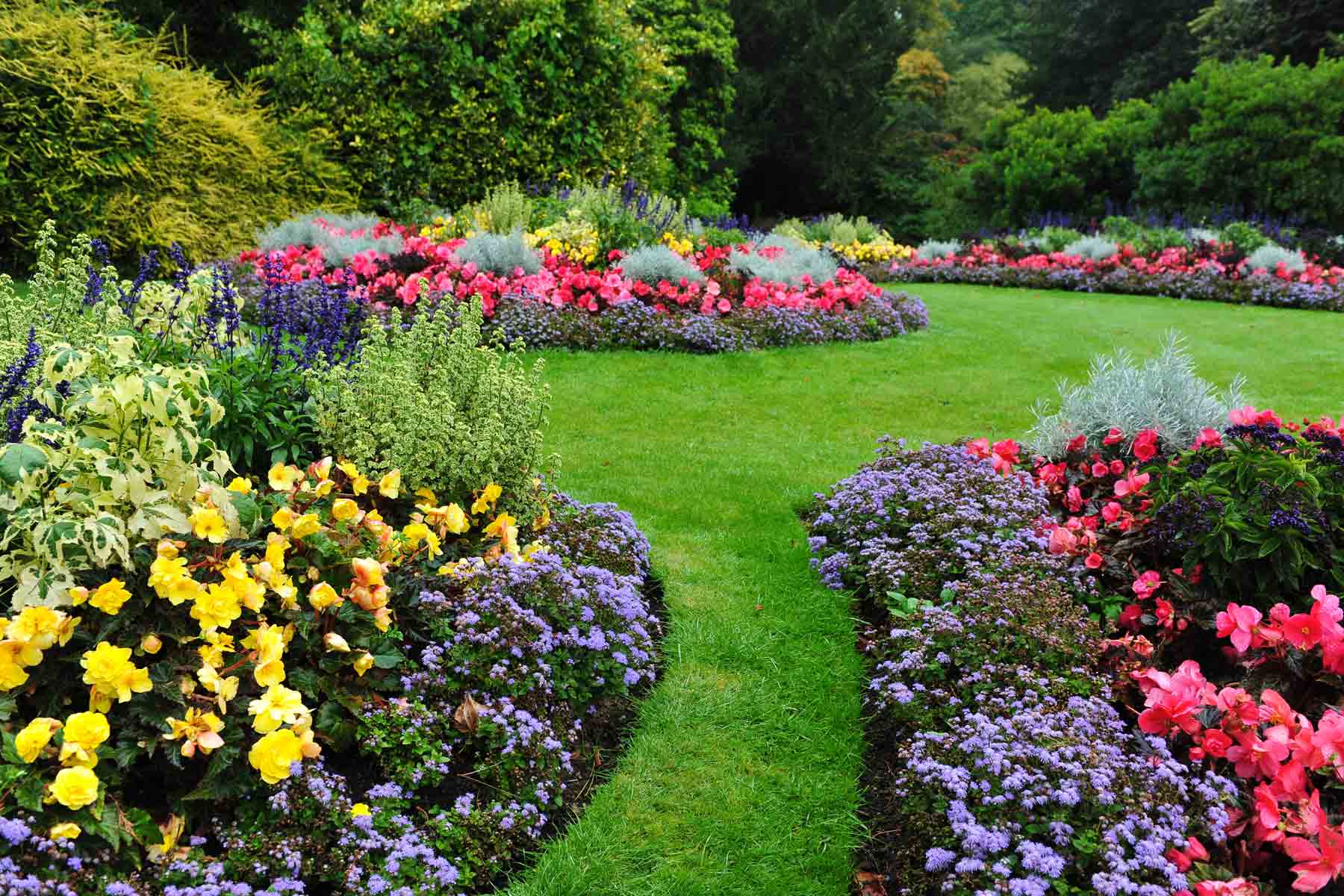
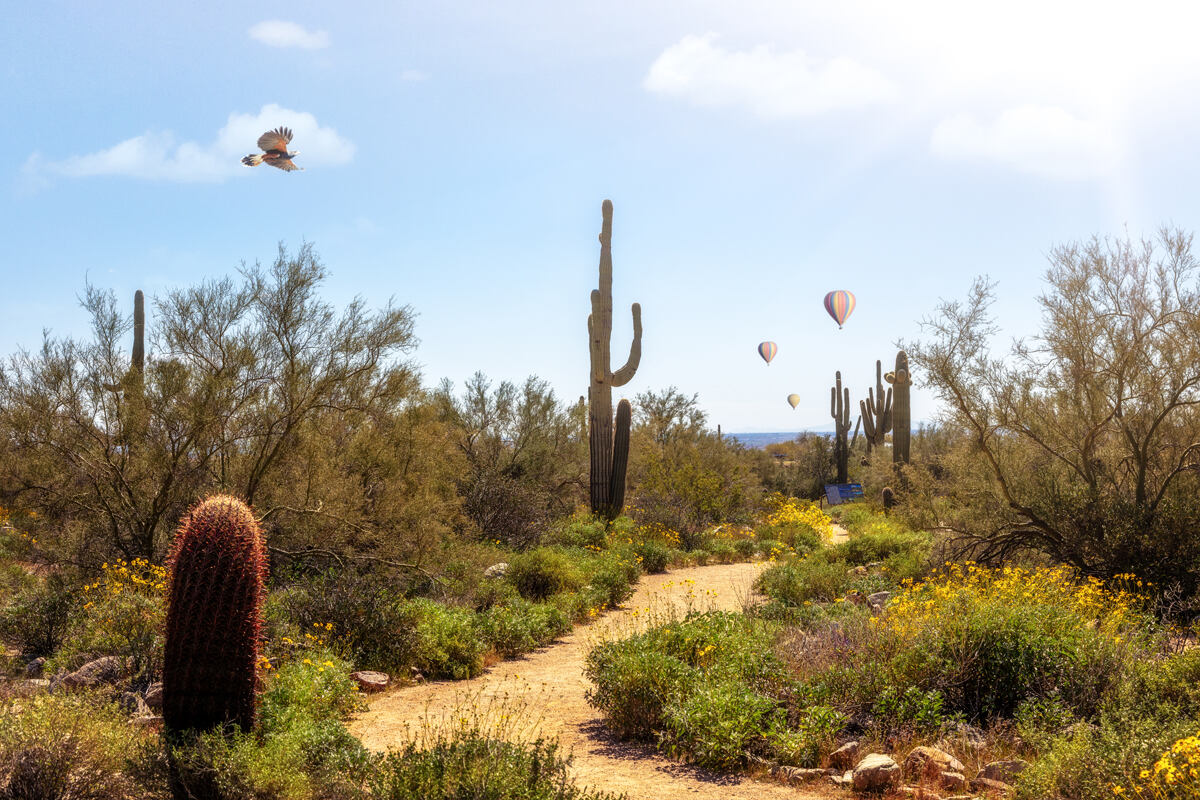
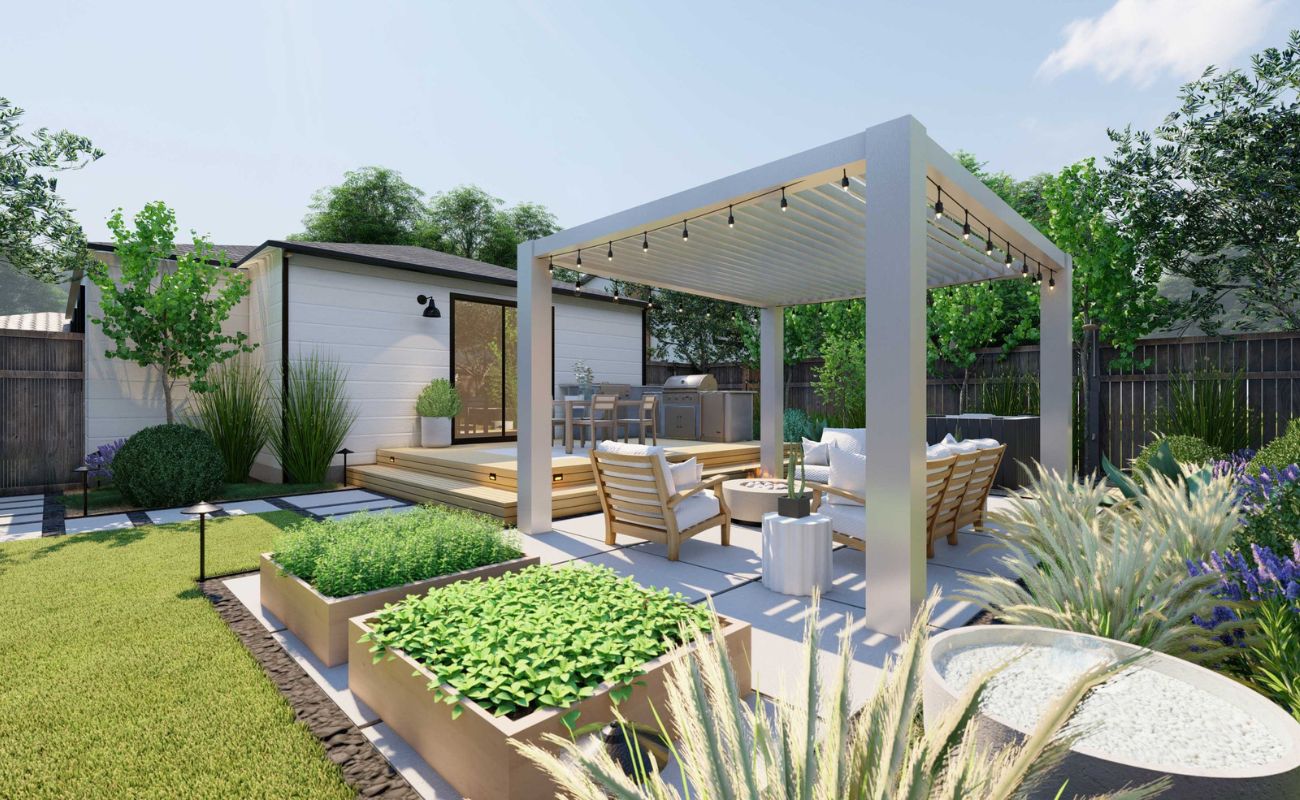
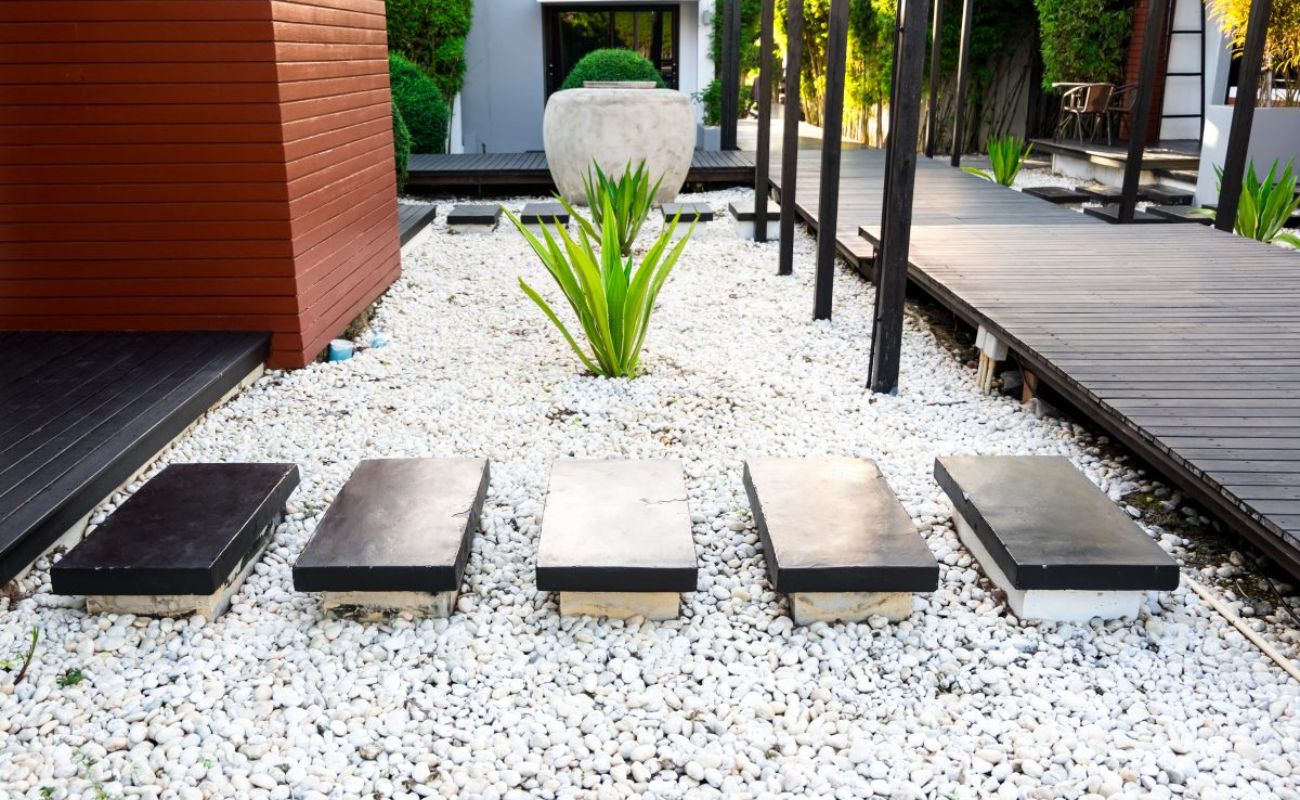
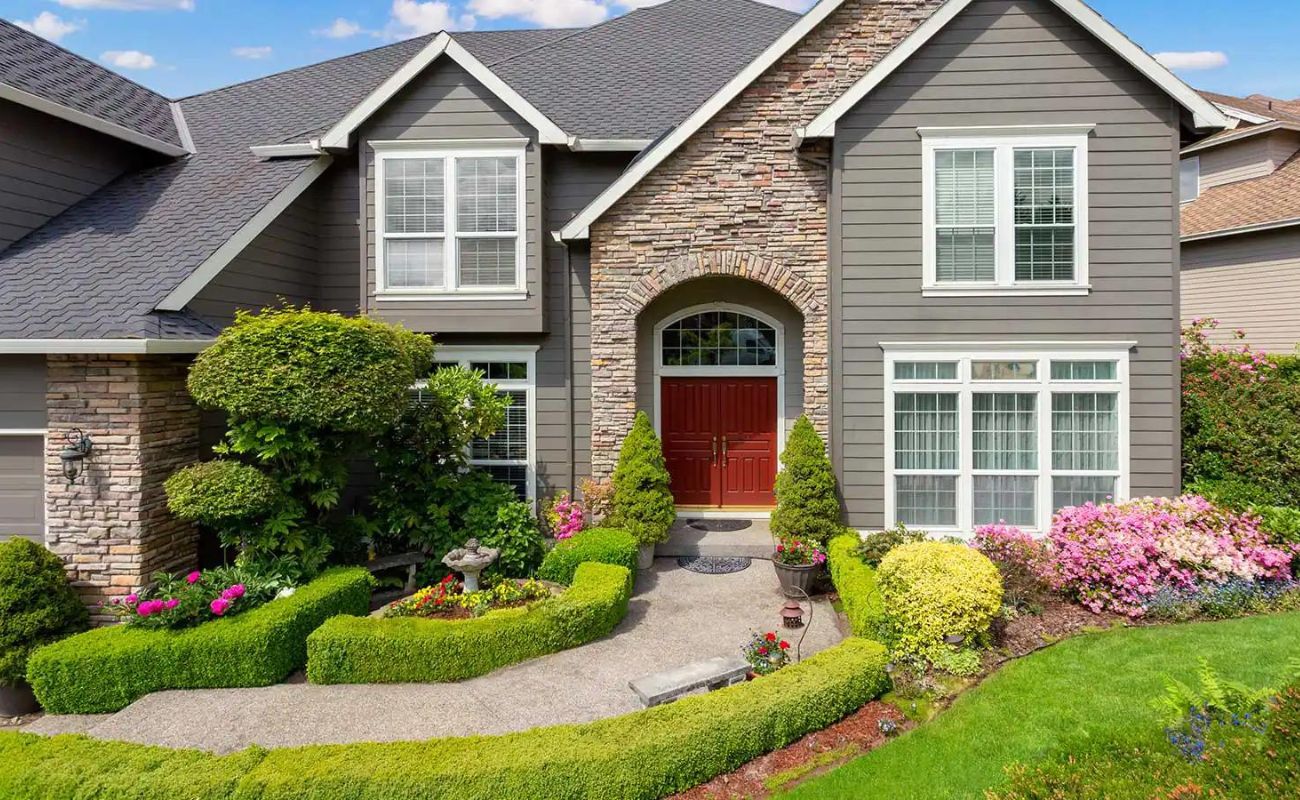
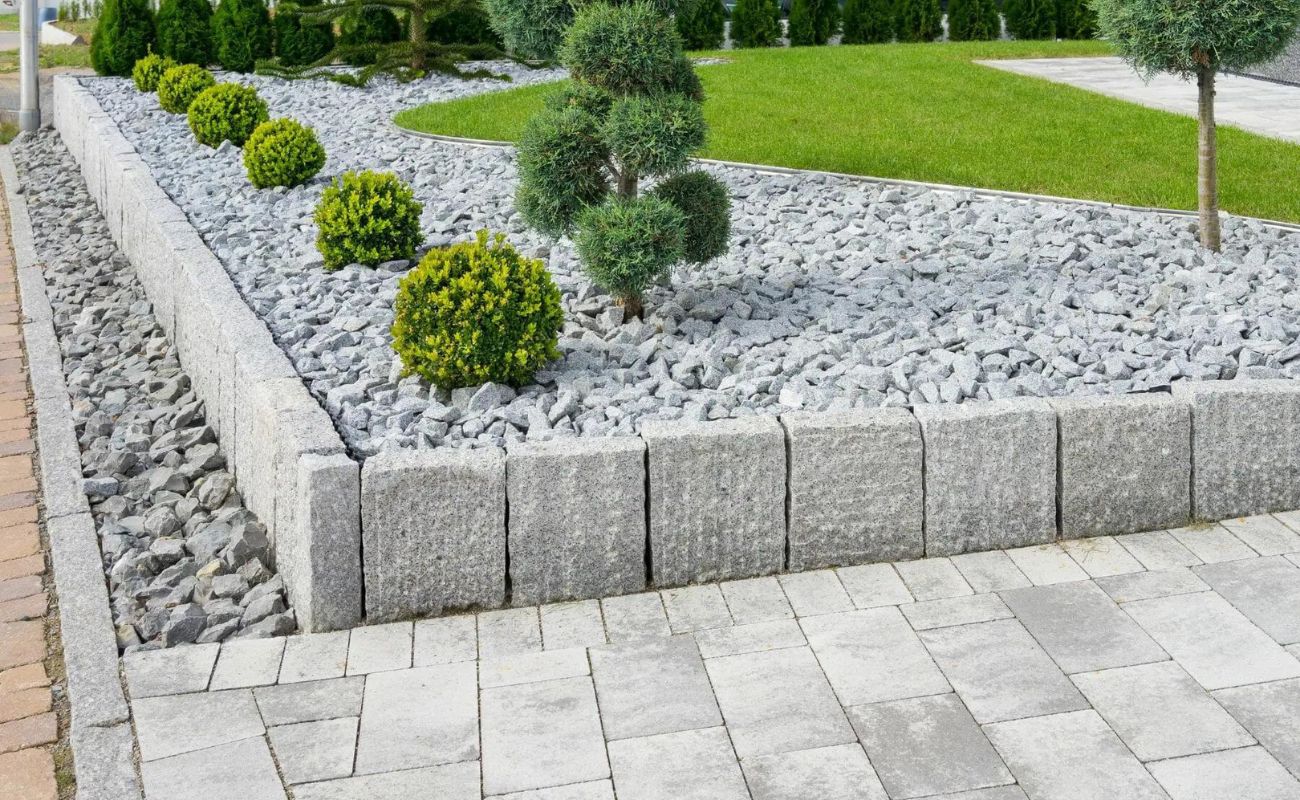

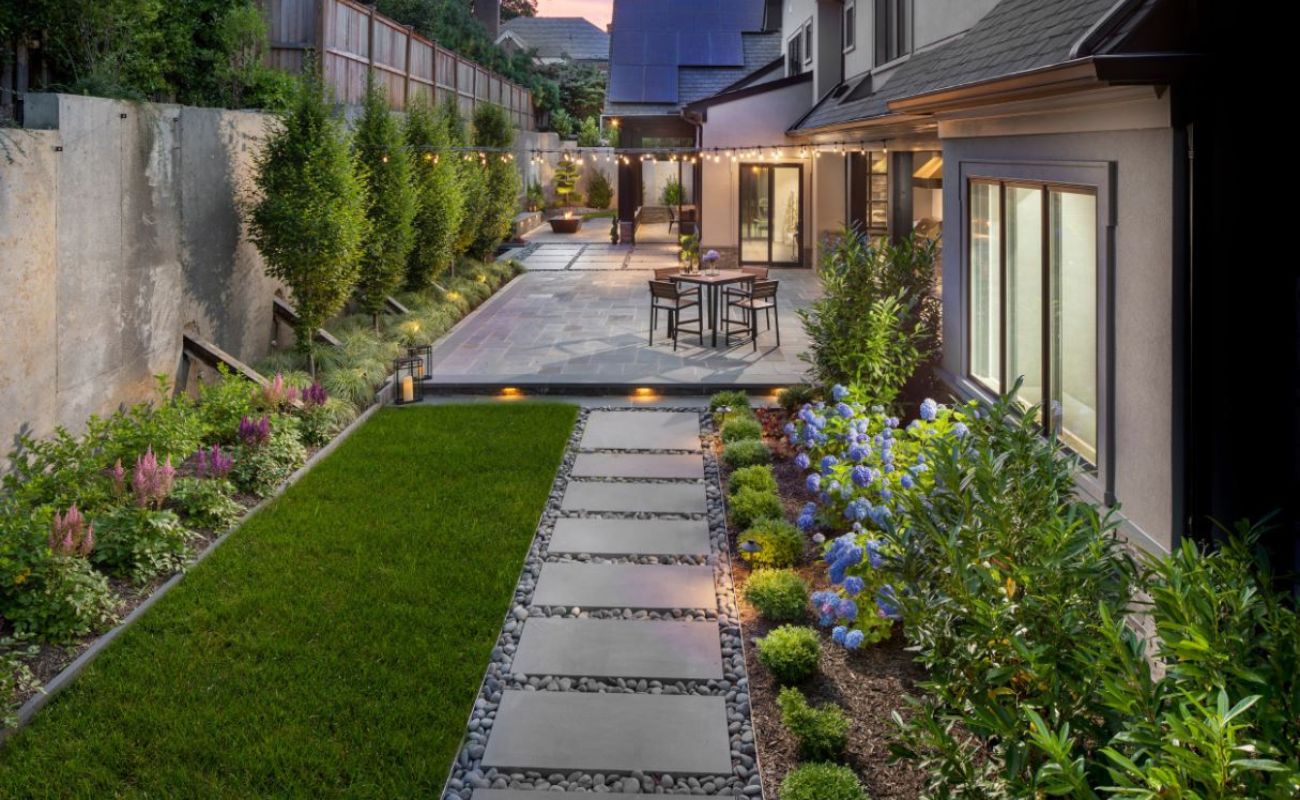
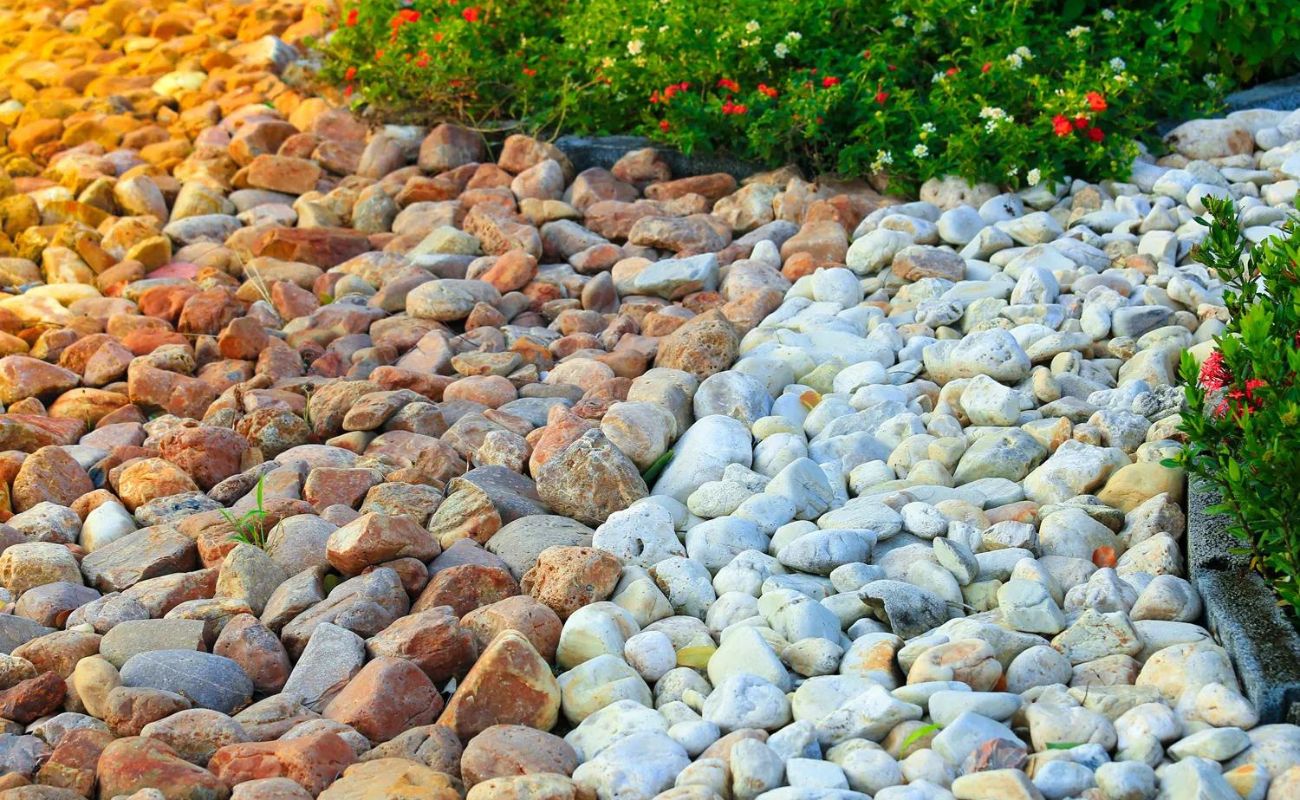
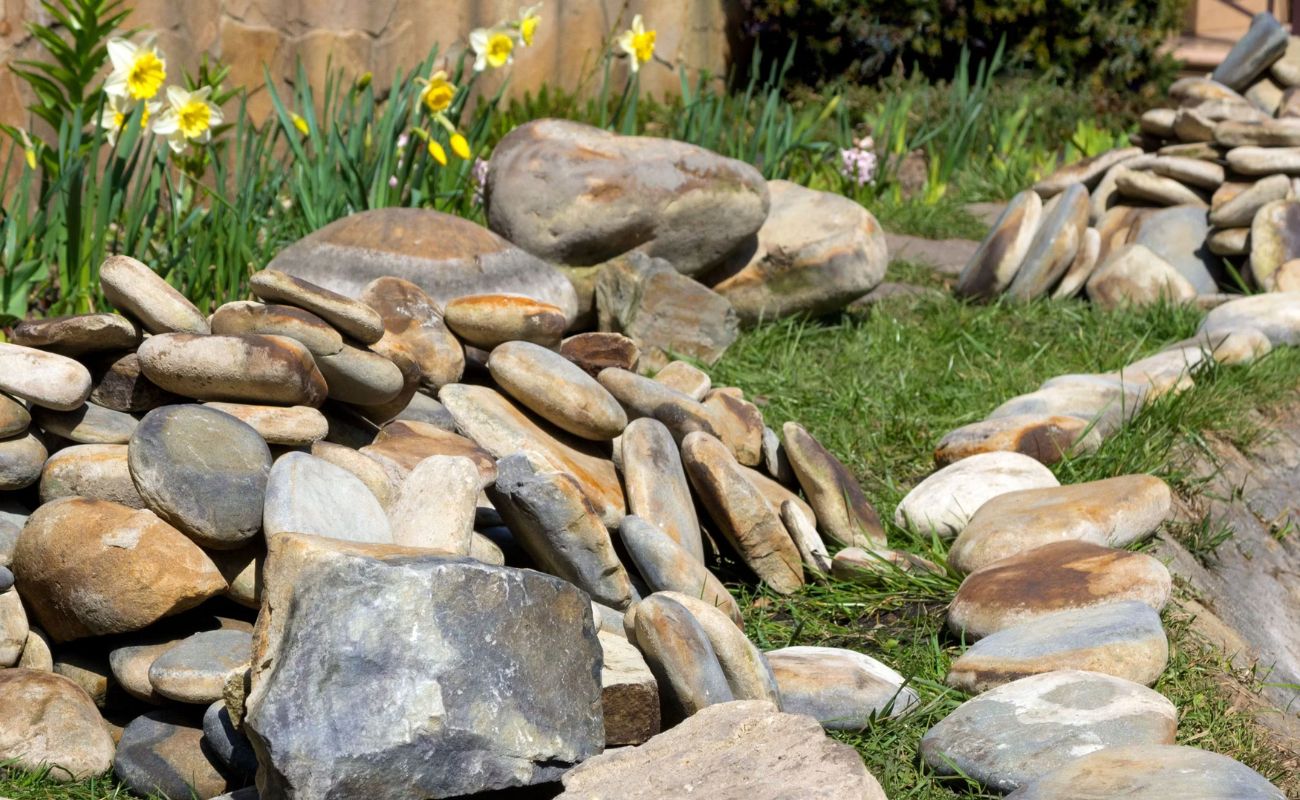
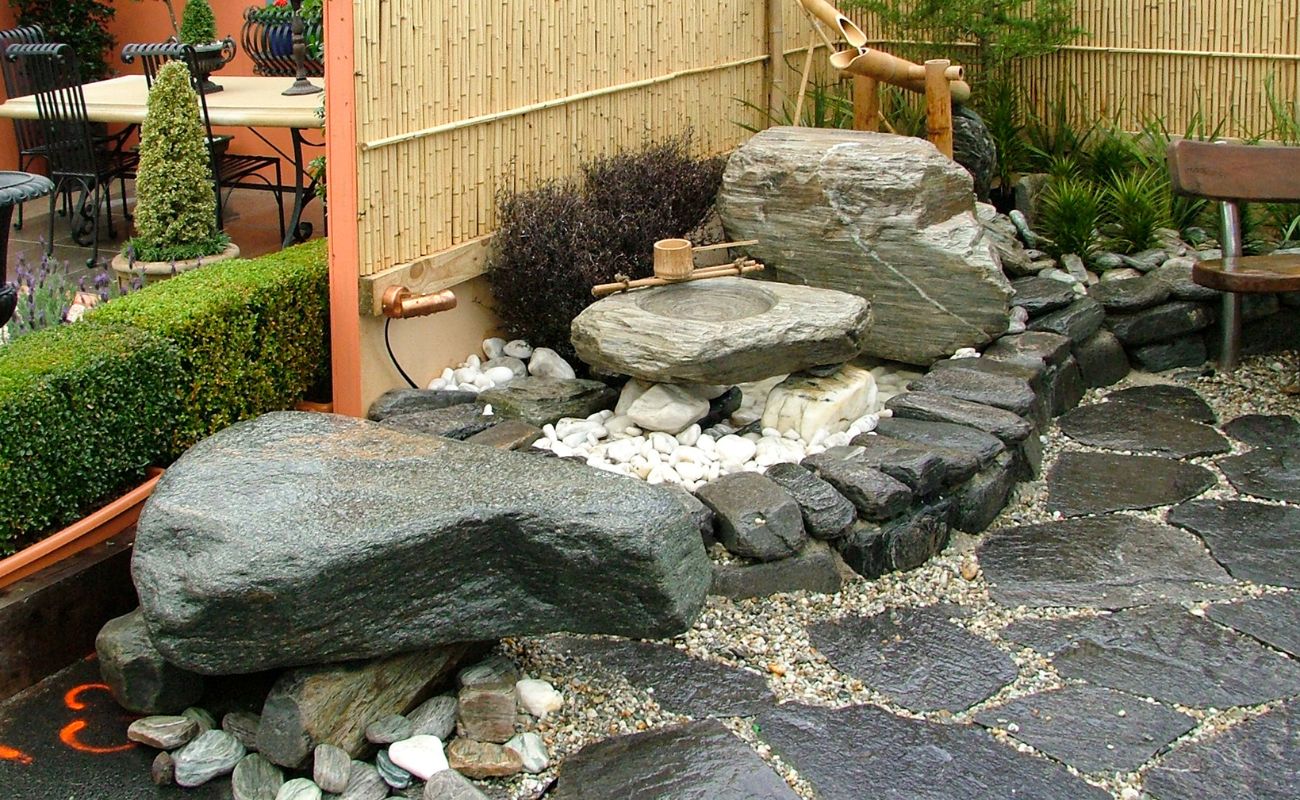
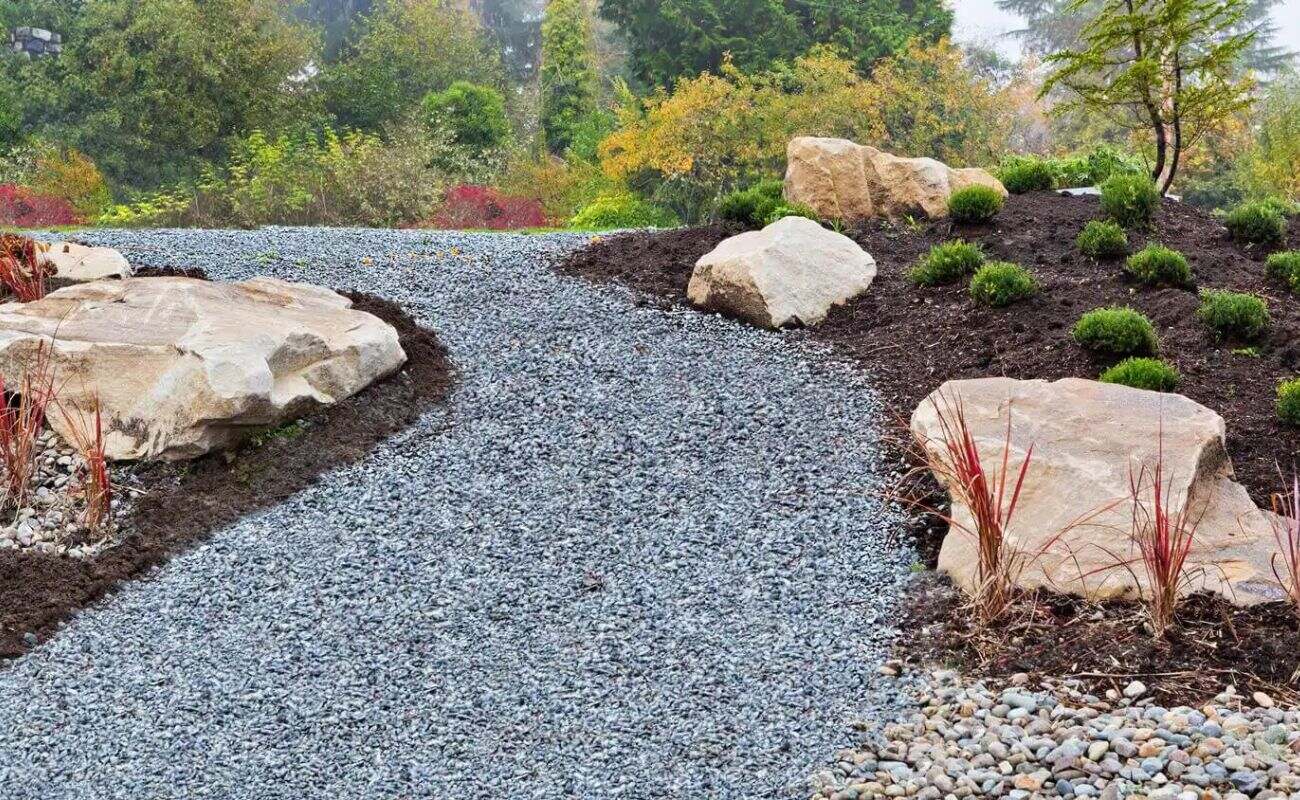
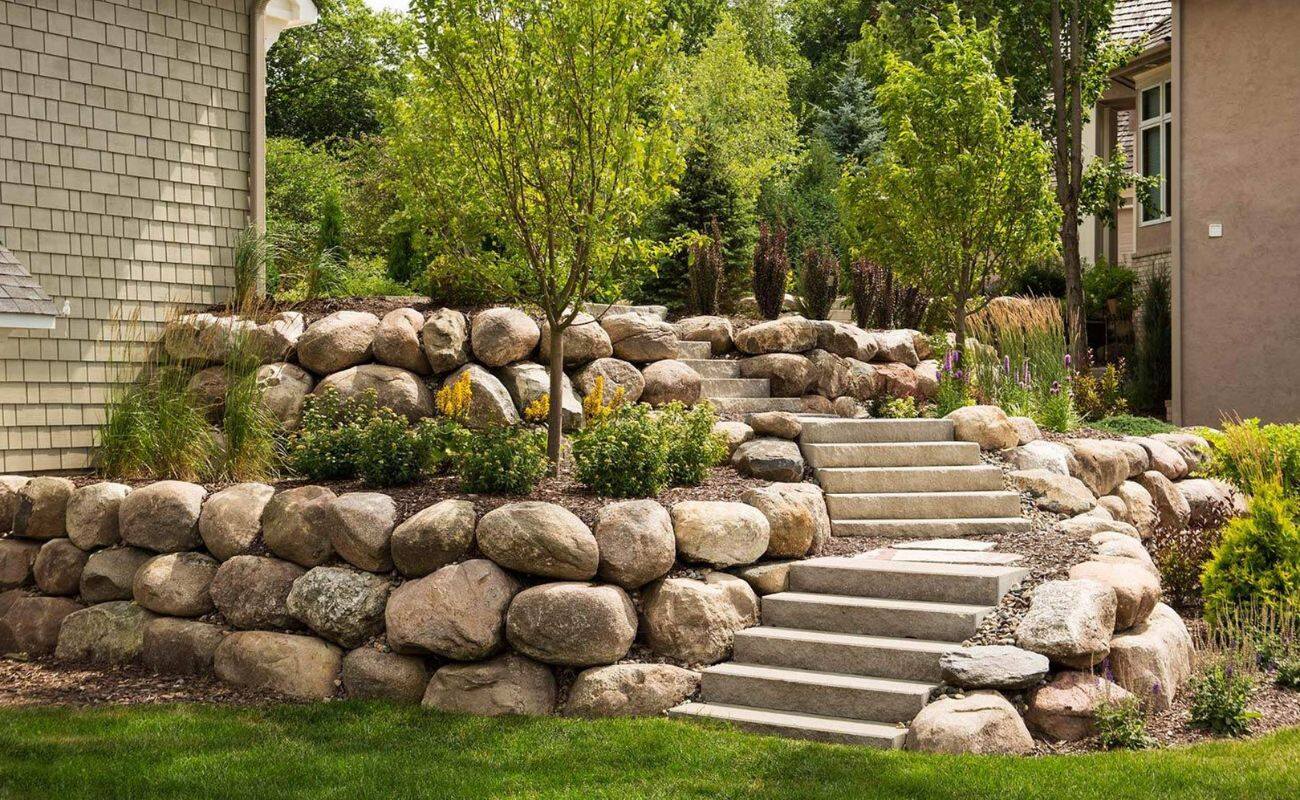
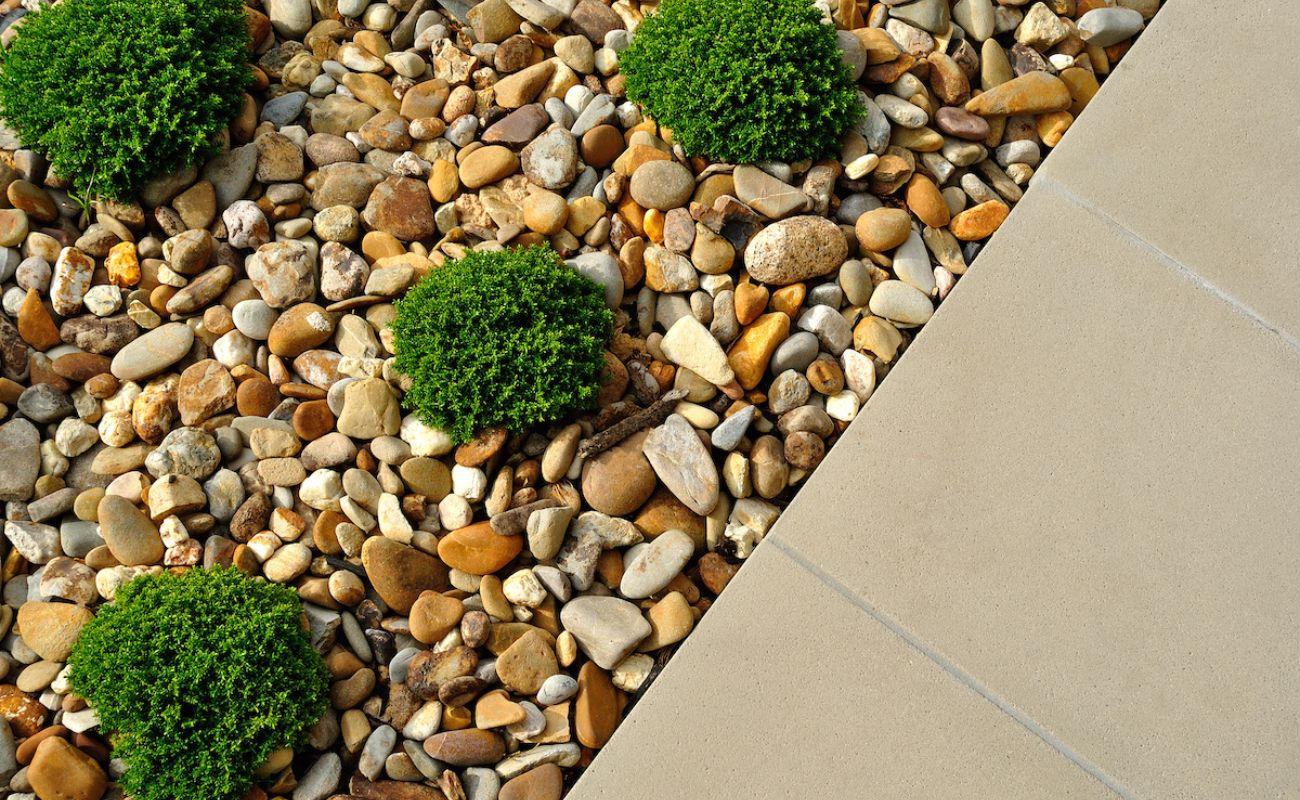

0 thoughts on “How Much Does Landscaping Rock Cost”